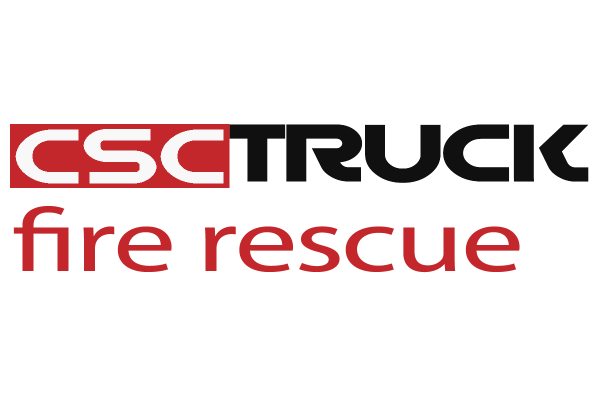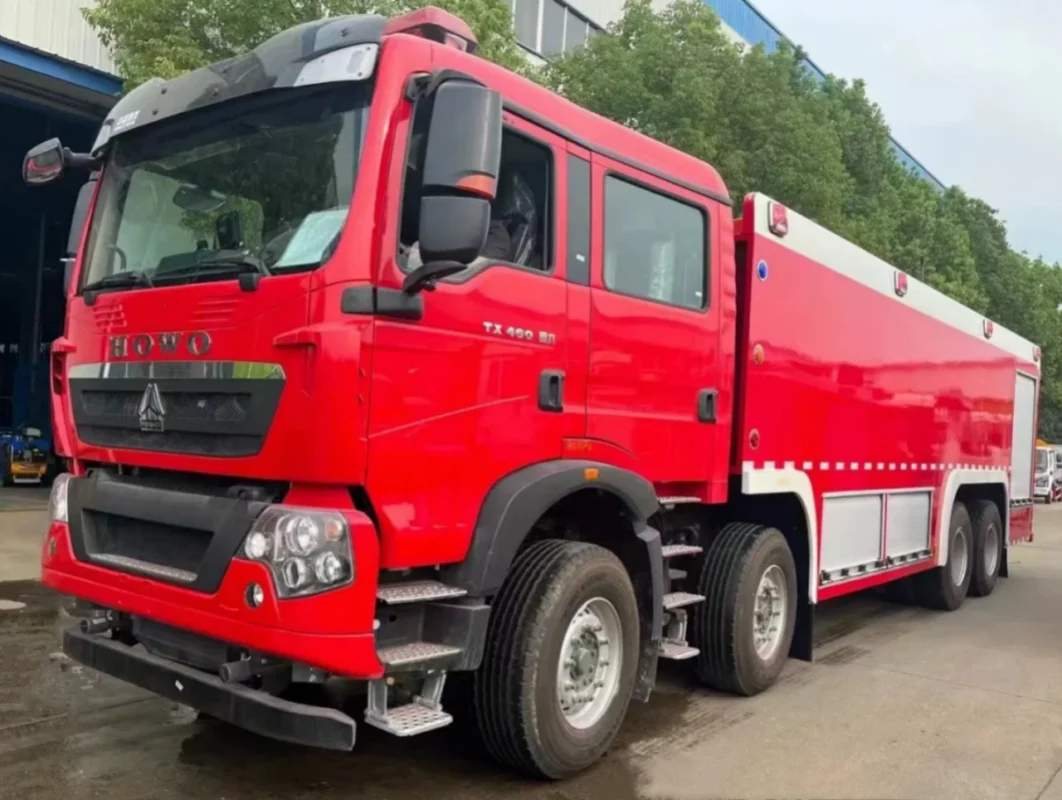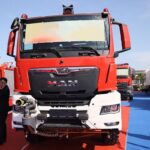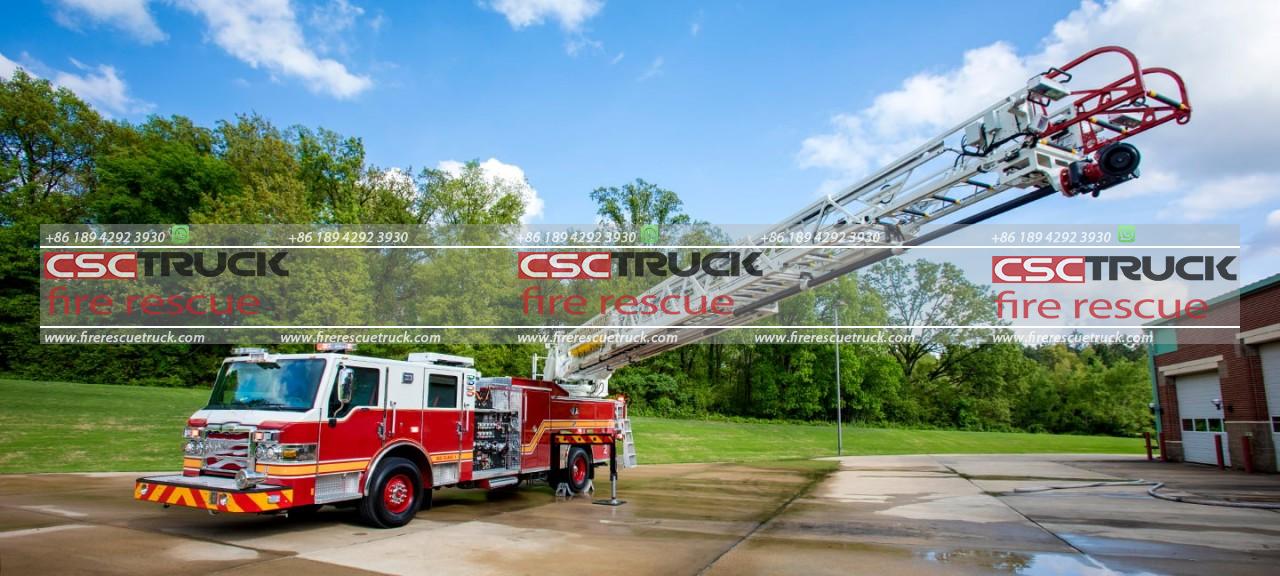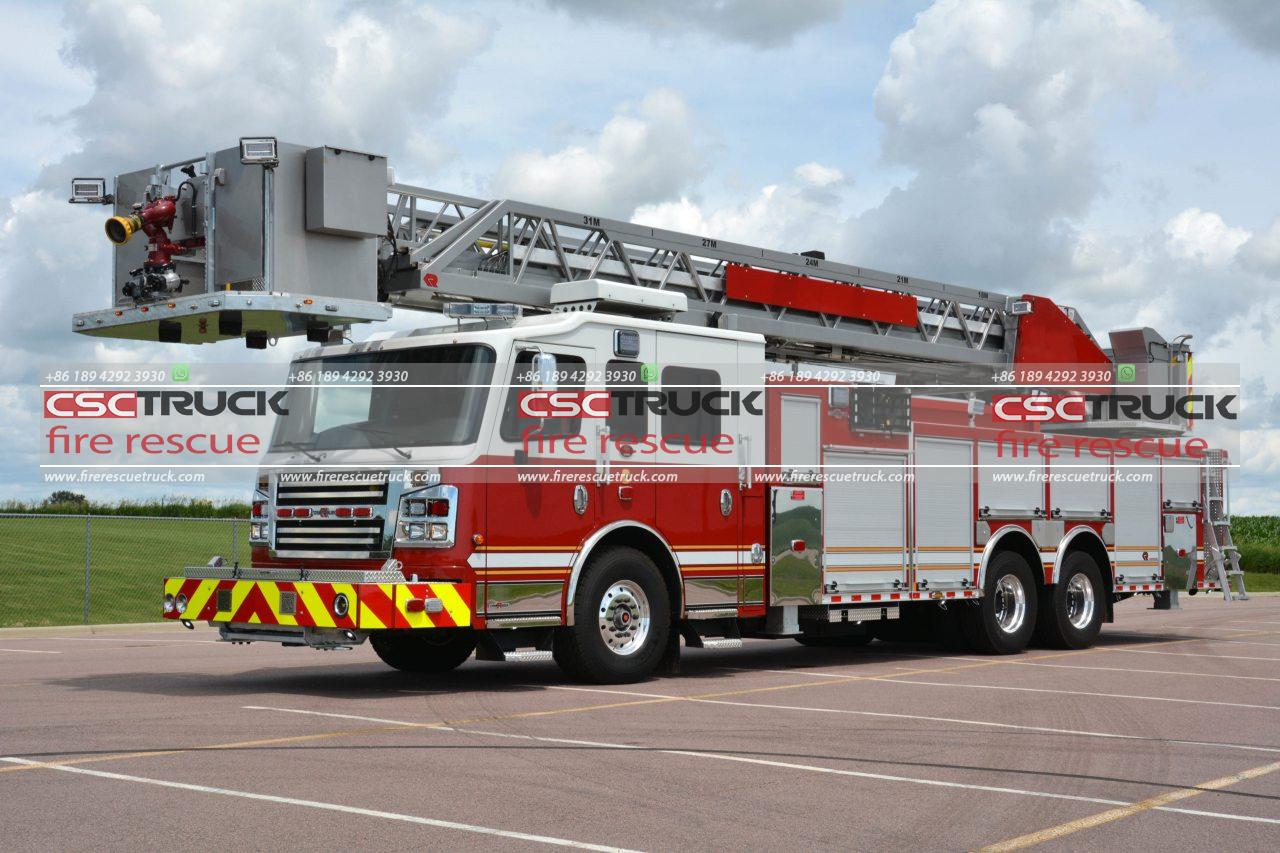Fire pump systems are crucial components of fire protection infrastructure, ensuring water is delivered at sufficient pressure and flow rates to effectively combat fires. These systems are particularly important in high-rise buildings, industrial facilities, and locations with insufficient municipal water pressure. Fire pumps help move water from underground sources, reservoirs, or municipal supplies to sprinkler systems, standpipes, and fire hydrants.
There are 2 main types of fire pump systems: Electric motor-driven fire pumps and diesel engine-driven fire pumps. Each type has its advantages, applications, and considerations. Understanding the differences between these 2 fire pump systems is essential for selecting the right option for a given facility.
1. Electric Motor-Driven Fire Pump Systems
Electric motor-driven fire pumps are one of the most commonly used fire suppression systems in commercial and industrial settings. These systems use an electric motor to power the pump, drawing energy from the building’s electrical grid or a backup generator.
Key Features:
- Power Source: Electric motor-driven fire pumps operate using electrical power supplied from the main grid or an emergency power source.
- Control Mechanism: These pumps are typically activated automatically when a pressure drop is detected in the fire protection system.
- Efficiency: Electric motors are highly efficient and require minimal maintenance compared to diesel-driven alternatives.
- Noise and Emissions: These pumps operate with low noise and do not produce emissions, making them environmentally friendly.
- Installation: Electric fire pumps require a stable and reliable electrical infrastructure to ensure consistent operation.
Advantages:
- Lower Maintenance Requirements: Electric fire pumps have fewer moving parts and do not require fuel storage, making them easier to maintain.
- Consistent Power Supply: As long as the facility has electricity, the pump will function effectively.
- Compact and Lightweight: Electric fire pumps take up less space and are easier to install in indoor locations.
- Clean Operation: These pumps do not produce exhaust gases, making them suitable for enclosed environments.
Limitations:
- Dependency on Electrical Supply: If the facility loses power and does not have a backup generator, the fire pump will not function.
- Higher Operating Costs in Some Regions: Electricity costs vary by location, and continuous operation of an electric motor may be expensive.
- Risk of Electrical Failures: Power surges or electrical failures could compromise the pump’s performance.
Best Applications:
- High-rise buildings with stable electrical supply.
- Commercial and residential buildings with a reliable backup power system.
- Industrial facilities with well-maintained electrical infrastructure.
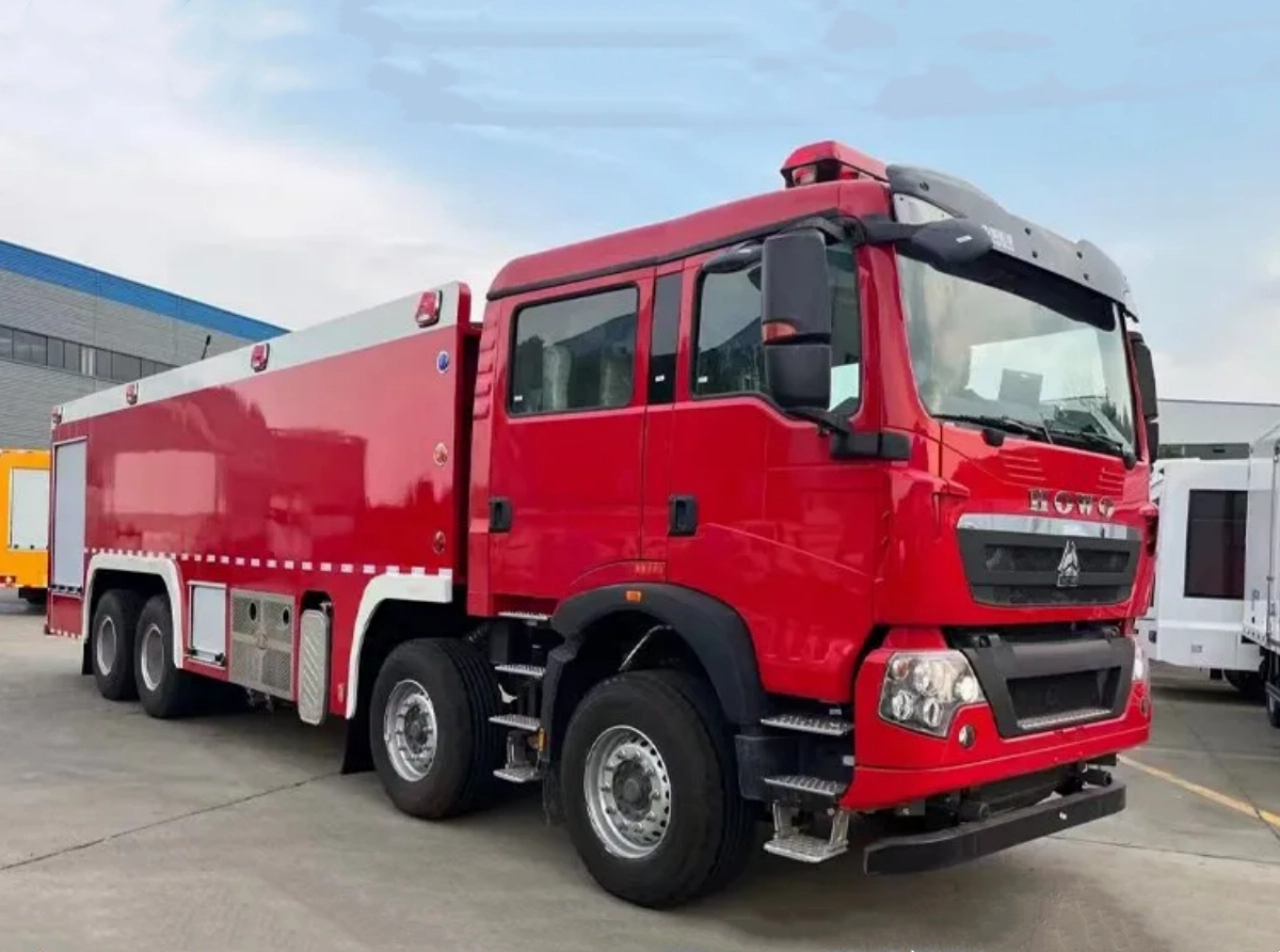
2. Diesel Engine-Driven Fire Pump Systems
Diesel engine-driven fire pumps are an alternative to electric motor-driven pumps, commonly used where a reliable electrical supply is not guaranteed. These pumps are powered by an internal combustion engine fueled by diesel, providing an independent power source.
Key Features:
- Power Source: Diesel-driven fire pumps use an independent fuel source, typically stored on-site in a dedicated tank.
- Control Mechanism: These pumps are activated when fire system pressure drops, similar to electric models, but require an automatic starting mechanism for the diesel engine.
- Durability: Diesel engines are robust and designed for heavy-duty operation in demanding environments.
- Autonomy: Since they do not rely on electrical power, they continue to function during blackouts or electrical failures.
Advantages:
- Independence from Electrical Supply: Since diesel fire pumps operate without reliance on electricity, they provide reliable fire protection even during power outages.
- High Performance in Remote Areas: These pumps are ideal for locations with unreliable or limited access to electricity.
- Extended Operating Time: As long as there is sufficient fuel, the pump can operate for an extended period.
- More Resilient in Harsh Conditions: Diesel fire pumps can function in extreme weather and environmental conditions where electrical components might fail.
Limitations:
- Higher Maintenance Requirements: Diesel engines require regular maintenance, including oil changes, fuel system checks, and battery maintenance.
- Larger Space Requirements: These pumps require additional space for fuel storage, exhaust systems, and engine cooling components.
- Emissions and Noise: Diesel engines produce exhaust fumes and noise, which may be a concern in enclosed spaces or environmentally sensitive areas.
- Fuel Storage Concerns: Diesel fuel must be stored safely, with considerations for fire hazards, contamination, and regulatory compliance.
Best Applications:
- Industrial facilities and power plants where electrical outages are a risk.
- Remote locations or areas with unreliable power grids.
- High-risk environments where independent fire protection is necessary.
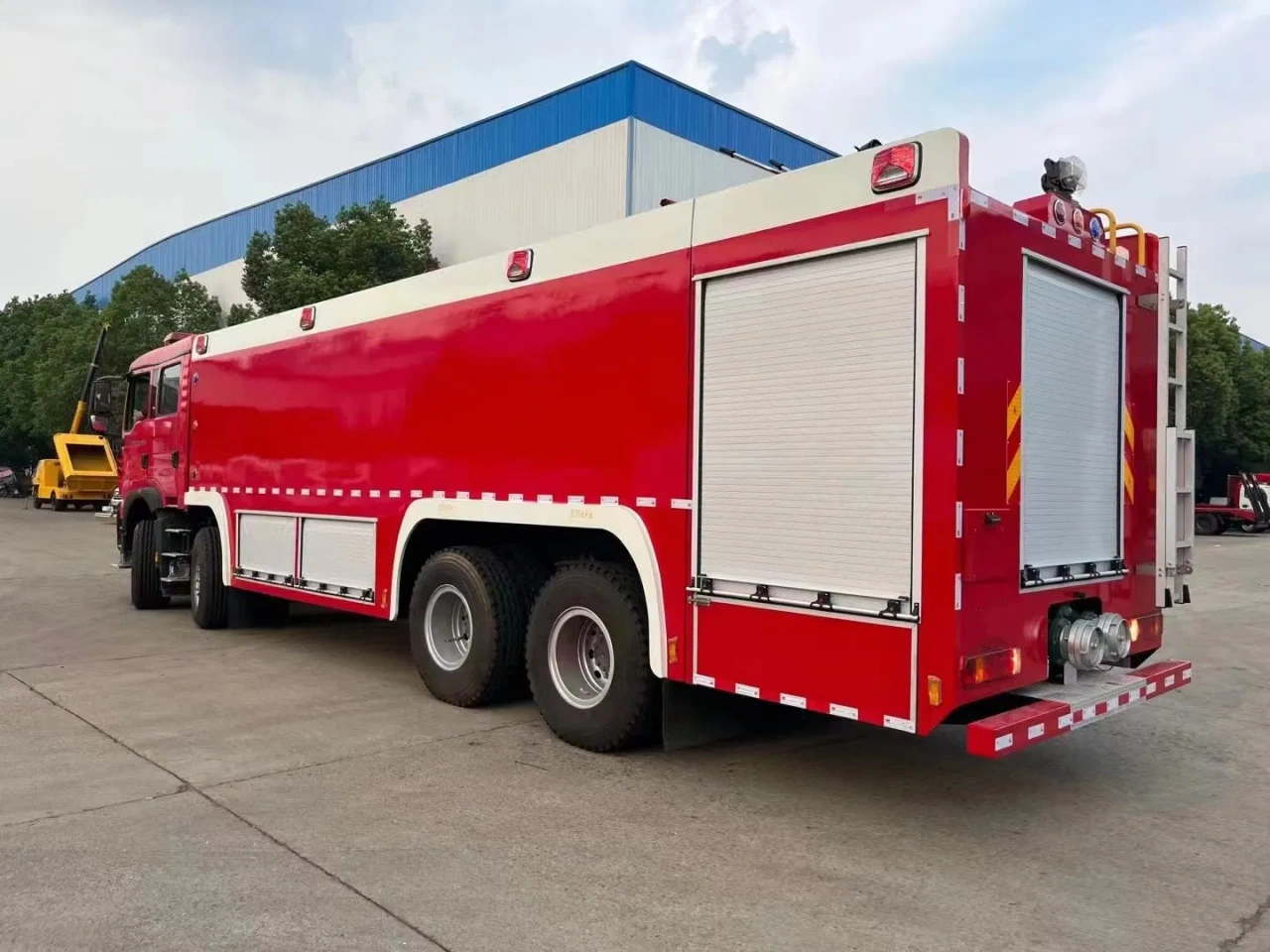
Choosing the Right Fire Pump System
Selecting the appropriate fire pump system depends on several factors, including the availability of power, maintenance capabilities, environmental considerations, and regulatory compliance. Some of the key aspects to evaluate include:
- Power Supply Reliability: If the facility has a consistent and reliable electrical supply, an electric fire pump is often the best choice. However, if power outages are frequent or there is no backup generator, a diesel fire pump is recommended.
- Maintenance Capabilities: Diesel fire pumps require more frequent maintenance and testing than electric pumps. Facilities with dedicated maintenance teams may prefer diesel pumps, while those looking for a low-maintenance option should consider electric pumps.
- Environmental and Space Constraints: Facilities with limited space or strict environmental regulations may opt for electric fire pumps due to their compact size and lower emissions.
- Budget and Operational Costs: While electric pumps often have lower upfront installation costs, their long-term operational expenses may vary based on electricity prices. Diesel pumps may have higher initial costs but provide reliability in critical situations.
Hybrid Systems: Combining Both Pump Types
Some facilities utilize both electric and diesel-driven fire pumps in a hybrid configuration. In such systems, the electric pump serves as the primary fire suppression pump, while the diesel pump acts as a backup in case of power failure. This approach enhances reliability and ensures continuous fire protection under all circumstances.
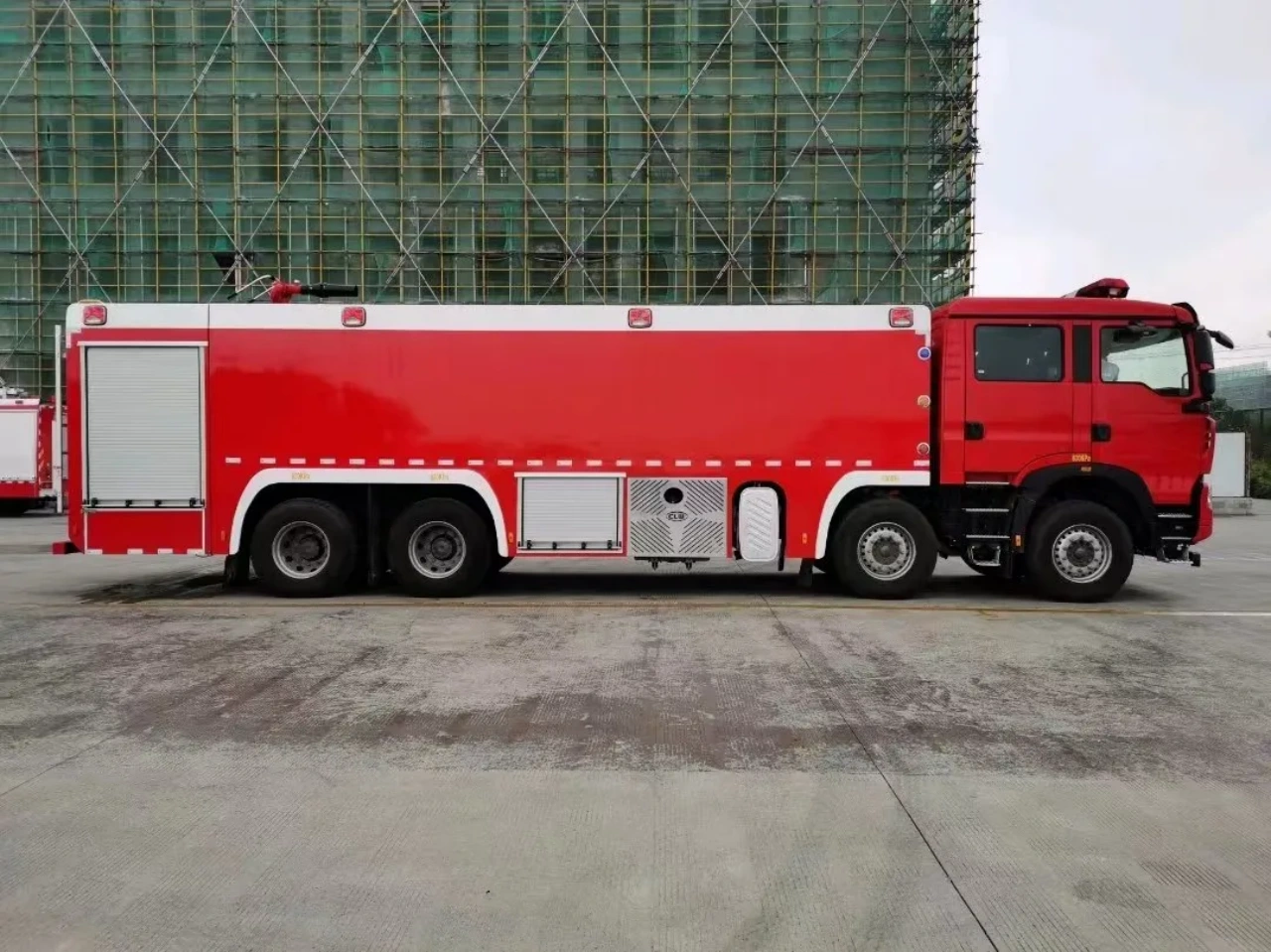
Conclusion
Fire pump systems are essential for ensuring adequate water pressure in fire protection systems, particularly in buildings where municipal water supply alone is insufficient. The 2 primary types—electric motor-driven fire pumps and diesel engine-driven fire pumps—each offer unique benefits and limitations. While electric pumps provide ease of maintenance and environmental advantages, diesel pumps offer autonomy and resilience in power-outage scenarios.
Understanding the operational differences, advantages, and limitations of these fire pump systems helps facility managers and engineers make informed decisions based on safety requirements, operational constraints, and compliance regulations. Whether choosing an electric or diesel-driven fire pump, ensuring proper maintenance and regular testing is crucial for reliable fire protection.
